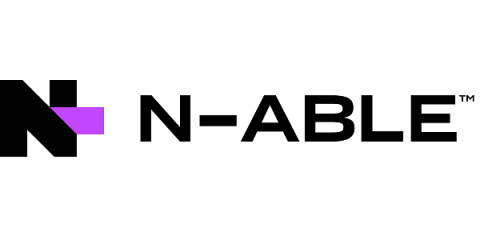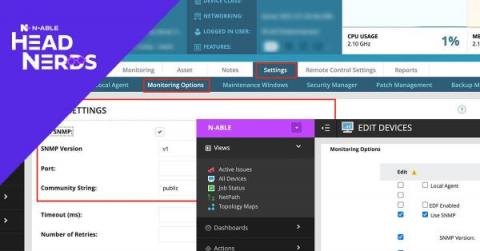Operations | Monitoring | ITSM | DevOps | Cloud
MSP
The latest News and Information on Managed Service Providers and related technologies.
Building Auvik Into Your MSP's SOP (Video)
How to Generate Client Referrals as an MSP
N-able Voted #1 RMM Platform by Solution Providers for the Second Year Running in the 2022 CRN Annual Report Card (ARC) Awards
What Does SASE Mean (for VPN)?
Three Hidden RMM Features, Part 2: Monitoring Templates
In the first portion of the underutilized RMM features series, we discussed the use of Site Concentrators and Data Overdue Cross-Checks. This time we’re going to discuss Monitoring Templates. MSPs have shied away from Monitoring Templates in the past because of the effort needed to set them up. I think this is the wrong way to look at them; we need to be thinking long-term here.
Mobile Device Management Strategy: Steps & Tips
Pew research reports that the percentage of adults who own smartphones is up to 85%. These mobile devices are also being used frequently for work. The addition of an increasing number of mobile devices within companies causes IT environments to be more complex, making it necessary to have a centralized management tool for these types of devices. Mobile device management (MDM) is software tool designed to allow IT to manage smartphones and tablets that are used within a business.
How to Secure Your Data in the Cloud
We’ve entered a time when hard drives are becoming less important than data speeds, syncing, and remote storage. More and more end-users are saving their files in the cloud for convenience, safety, and cost savings. That said, some people still have concerns about cloud computing -- namely around security. How safe are files that are stored hundreds or thousands of miles away, on some other organization’s hardware?
IT Asset Disposition: An MSP Opportunity That's Anything But Trash
Using N-central for Server Hardware Monitoring
While it is fair to say that in recent years we’ve seen a shift to servers being deployed in the cloud through Microsoft Azure or AWS, I’m sure if you’re reading this today you still have a large percentage of physical servers under your management, including Hyper-V and ESXi hosts. N-central’s ESXi monitoring should automatically detect and monitor the hardware in these boxes, but what about the rest?











